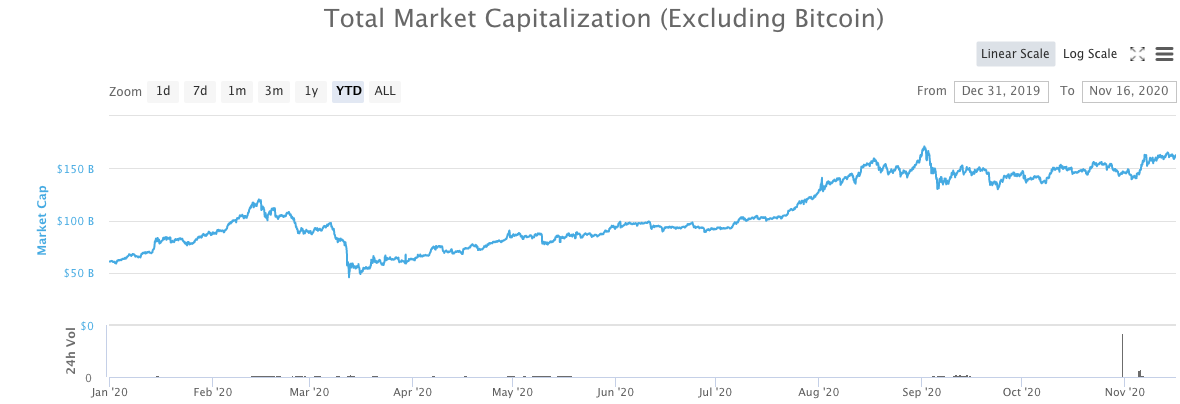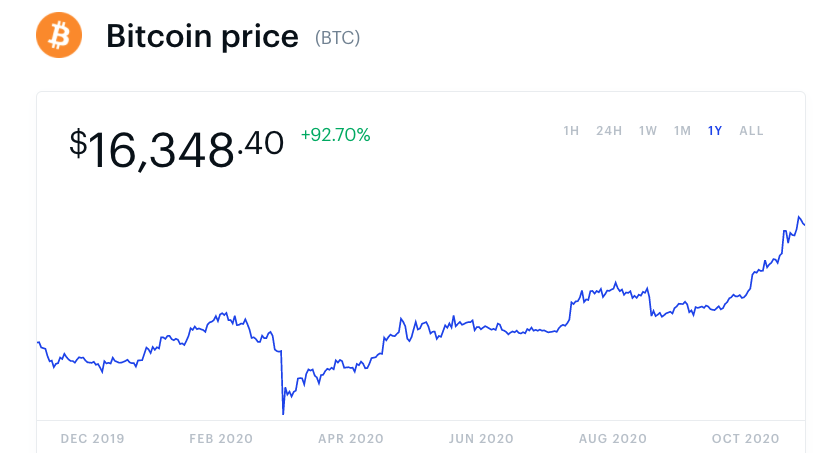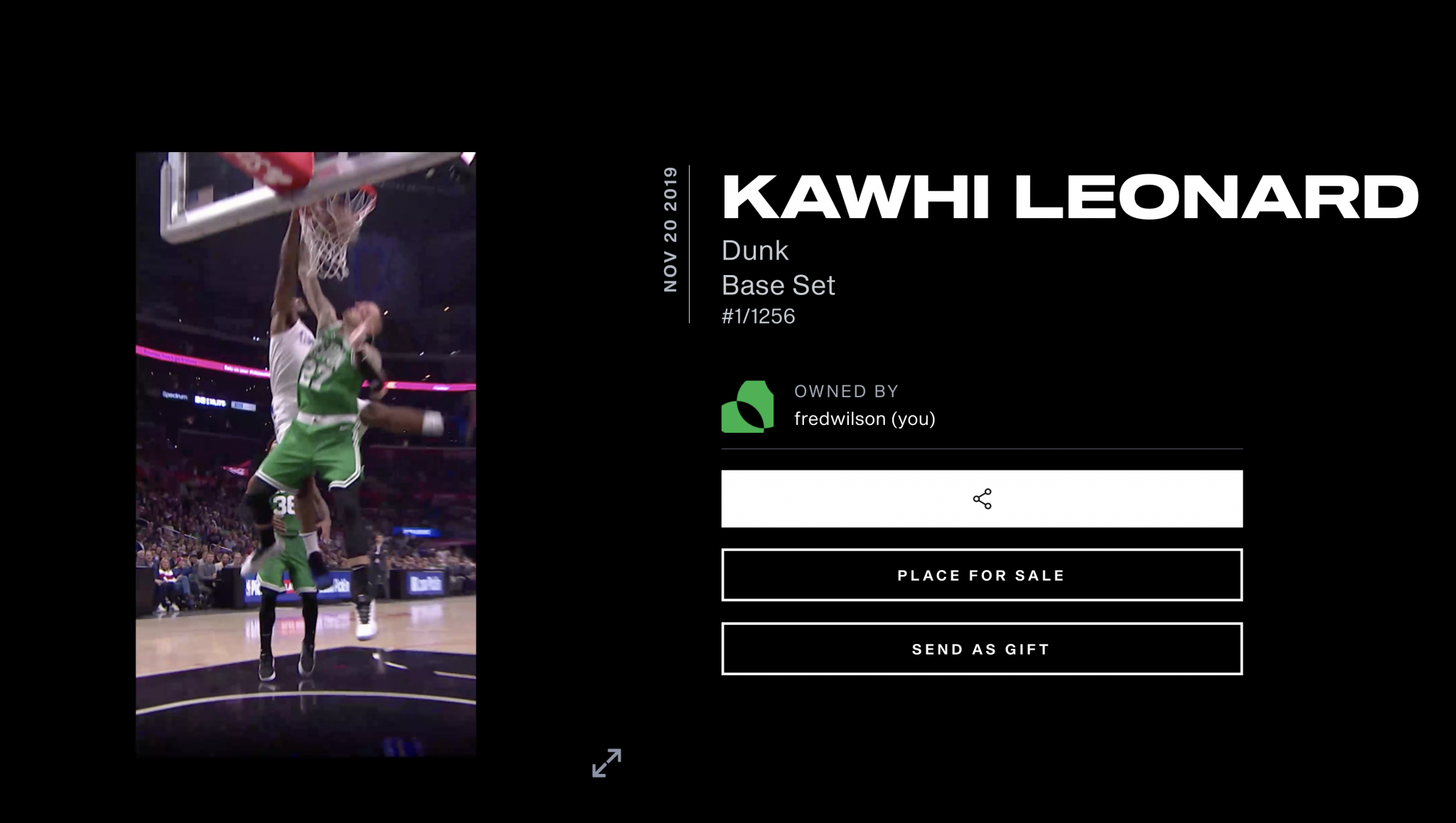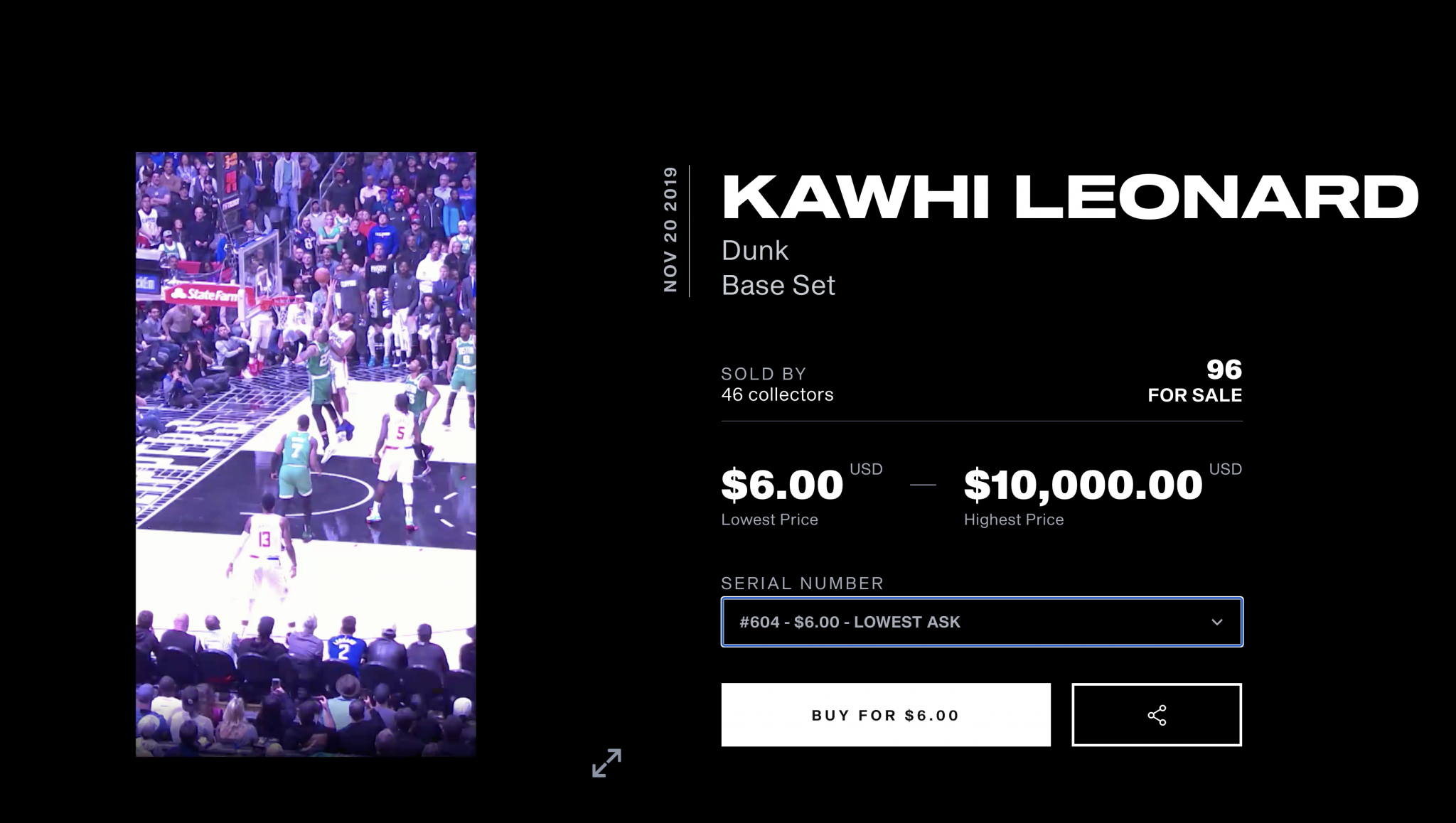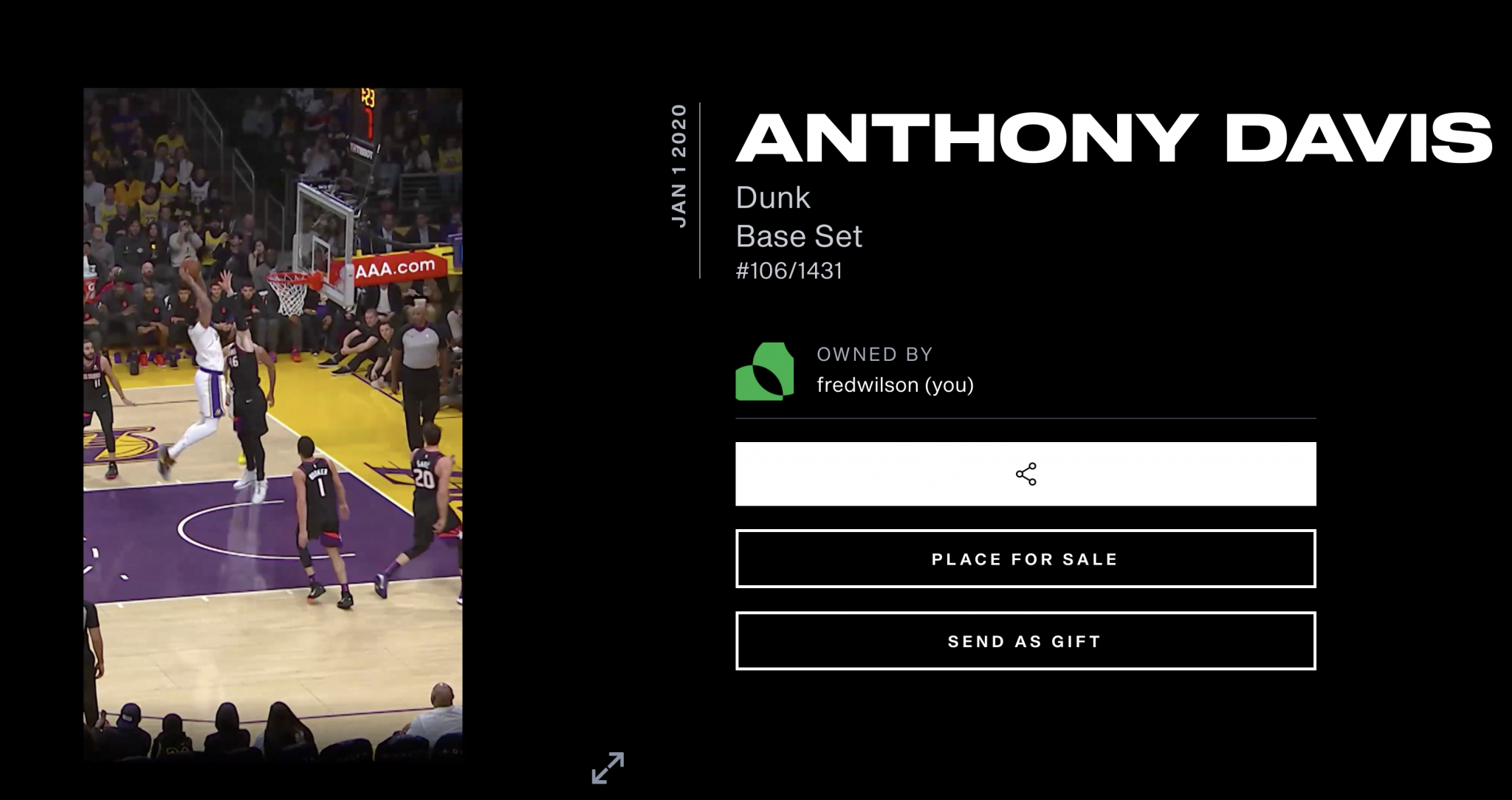Innovation In Capital Markets
A few years ago, maybe in 2016, we held a discussion of blockchain and crypto technologies at the annual meeting of our limited partners. I recall someone in the audience suggesting that the NYSE and Nasdaq could rebuild their markets on top of these technologies. I replied that I thought it was more likely that new markets built on blockchains and existing for crypto assets would emerge to compete with them.
And here we are, with a 24×7 global marketplace for crypto assets that has a market capitalization of over half a trillion and daily volumes in the hundreds of billions. This pales in comparison to the legacy capital markets, but that is always the case with a new entrant on the scene.
The legacy capital markets are not sitting still. There is real innovation happening in the IPO process for example.
But if you want to see the world we are headed into, I think it is better to look at the crypto markets. They operate day and night, they are global, and anyone can buy, sell, hold, and send these assets as long as they have a crypto wallet and a browser or a phone. You don’t have to be wealthy to invest in crypto startups. Anyone can do it.
The crypto markets are also innovating in areas like lockups, vesting, and governance. In a traditional IPO, the existing shareholders are typically locked up for 180 days and then the lockups come off entirely. In the crypto markets, we see all sorts of different forms of vesting and lockups being tried. What is emerging are lockups for existing holders that are much longer, but with small amounts of early and regular liquidity.
We are also seeing a lot of innovation around governance, with crypto projects working on ways to allow the community of token holders to have real say in the way a crypto project operates. We have seen a number of communities make very significant changes in things like total supply of tokens, inflation rates, and technology roadmaps in recent months. I cannot think of a public company that allows its shareholders that level of impact on their direction.
Right now these markets are operating as parallel universes, but I don’t think that will be the case forever. It is fairly simple to tokenize equity securities and trade the tokenized version in the crypto markets. That is not really happening just yet, but I expect that it will in the not too distant future. Then we will have the opportunity to see two identical assets trade in the traditional and emerging markets. There will be arbitrage opportunities and more when this happens and the new markets will put pressure on the traditional markets to adapt and change and evolve as fast as they can. That will be hard, if not impossible.
The global nature of the crypto markets is also a challenge for regulators, who have stood in the way of innovation and continue to do so. Why, for example, does one have to be wealthy to invest in startups in the US? That’s simply a way to keep the wealthy rich and everyone else not rich. If you trade crypto assets and something is not available in the US, you can trade or lend or stake elsewhere. And many/most do that. This allows innovation to happen in crypto even when some jurisdictions, like the US, are slow to embrace and hostile toward innovation in capital markets.
So if you want to see the future of capital markets look here, not there. That’s where all of the innovation, experimentation, and new stuff is happening.

